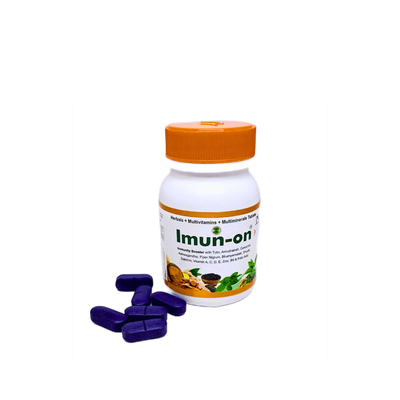Oxygen, the very essence of life, is something most of us take for granted. Yet, for some individuals, maintaining healthy oxygen levels becomes a challenge. This is where oxygen concentrators come in, offering a lifeline to those struggling to breathe. In this blog, we'll delve into the world of oxygen concentrators, exploring their uses, types, potential dangers, and how to use them safely.
Understanding Oxygen Concentrators
An oxygen concentrator is a medical device that purifies the air we breathe, separating the nitrogen and concentrating the oxygen. Normal air is about 21% oxygen, but an oxygen concentrator can deliver enriched oxygen, typically ranging from 90% to 95%. This concentrated oxygen is then delivered through a nasal cannula or mask to a patient experiencing low blood oxygen levels (hypoxia).
Medical Uses of Oxygen Concentrators
Oxygen concentrators are prescribed by doctors to individuals suffering from various respiratory conditions that cause low blood oxygen levels. Some common ailments where oxygen therapy is beneficial include:
- Chronic Obstructive Pulmonary Disease (COPD): This progressive lung disease makes breathing difficult.
- Congestive Heart Failure (CHF): A weakened heart can lead to fluid buildup in the lungs, reducing oxygen intake.
- Pneumonia: Lung infection that inflames the air sacs, hindering oxygen absorption.
- Sleep Apnea: During sleep, breathing repeatedly stops and starts, causing oxygen deprivation.
- Pulmonary Fibrosis: Scarring of lung tissue reduces oxygen exchange.
- COVID-19: In severe cases, the virus can damage the lungs, requiring supplemental oxygen.
Types of Oxygen Concentrators
There are two main types of oxygen concentrators, categorized based on their size and portability:
-
Stationary Oxygen Concentrators: These are larger units designed for home use. They are typically more powerful, delivering a higher flow rate of oxygen (measured in liters per minute - LPM). Common flow rates for home concentrators are 5 LPM and 10 LPM.
- 5 LPM Concentrators: These are suitable for patients with moderate oxygen needs. They are compact, relatively quiet, and energy-efficient.
- 10 LPM Concentrators: Delivering a higher flow rate, these cater to patients requiring more significant oxygen supplementation.
-
Portable Oxygen Concentrators: These lightweight and portable units allow for oxygen therapy on the go. They are battery-operated and offer lower flow rates (typically 1 to 3 LPM) compared to stationary models. Portable concentrators are ideal for running errands, attending appointments, or traveling.
Choosing the Right Concentrator
The choice between a 5 LPM and a 10 LPM concentrator depends on your individual needs as determined by your doctor. Here's a general breakdown- 5 LPM Concentrators: Suitable for patients with mild to moderate oxygen requirements. They are often quieter and more energy efficient.
- 10 LPM Concentrators: Provide a higher flow rate, catering to patients with more severe respiratory conditions requiring significant oxygen supplementation.
Important Considerations Before Use
While oxygen concentrators are life-saving devices, it's crucial to understand some key points before using them:
The Dangers of Misusing Oxygen Concentrators
Oxygen concentrators are incredibly beneficial when used correctly under medical supervision. However, misusing them can lead to serious health risks:
- Oxygen Toxicity: Inhaling excessive oxygen concentrations for prolonged periods can damage the lungs. This is why following your doctor's prescribed flow rate and duration is crucial.
- Fire Hazard: Concentrated oxygen is highly flammable. Avoid smoking or using open flames near the concentrator.
Oxygen concentrators play a vital role in managing respiratory conditions by providing much-needed oxygen support. By understanding their uses, types, and potential risks, you can ensure safe and effective oxygen therapy, improving your quality of life.



